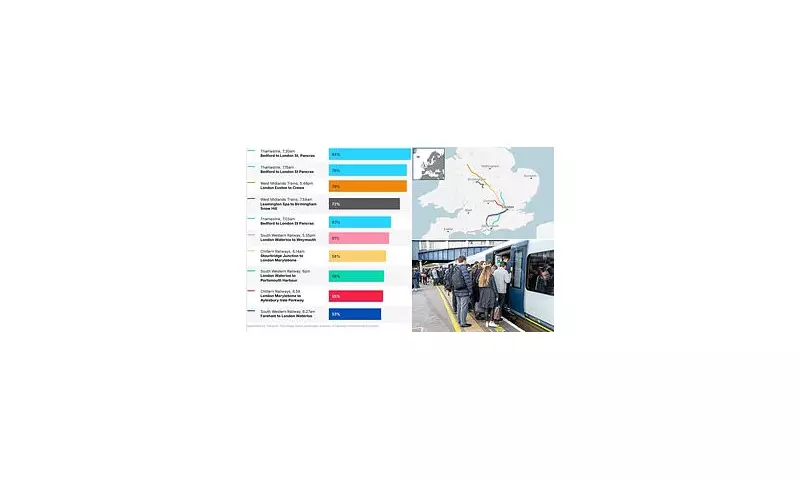
New figures have exposed England's most overcrowded train routes, with Thameslink services dominating the list of busiest commuter lines. The data paints a stark picture of the daily squeeze faced by thousands of passengers across the country's rail network.
The Overcrowding Hotspots
Analysis of passenger numbers reveals that Thameslink's London routes bear the brunt of England's rail congestion. The cross-capital service, connecting key commuter towns with central London stations, consistently operates at maximum capacity during peak hours.
Top 3 Most Packed Routes:
- Thameslink (London Bridge to St Pancras) - operates at 173% capacity
- Thameslink (Blackfriars to City Thameslink) - 165% capacity
- London Overground (Clapham Junction to Willesden Junction) - 158% capacity
The Commuter Crunch
Transport experts warn that chronic overcrowding on these routes creates uncomfortable and potentially unsafe conditions for passengers. "We're seeing people regularly travelling in conditions that breach acceptable capacity standards," said rail analyst Miranda Cole. "This isn't just about comfort - it raises serious questions about emergency evacuation procedures."
The data comes as rail operators face increasing pressure to address capacity issues, particularly in the Southeast where population growth continues to outpace infrastructure improvements.
Regional Pressure Points
While London routes dominate the top spots, other regions show significant strain:
- Manchester's Oxford Road to Piccadilly route operates at 142% capacity
- Birmingham New Street to Coventry sees 137% capacity at peak times
- Leeds to York services regularly exceed 130% capacity
The Department for Transport has acknowledged the findings, stating that upcoming rail investment plans prioritise capacity expansion on these critical routes.





